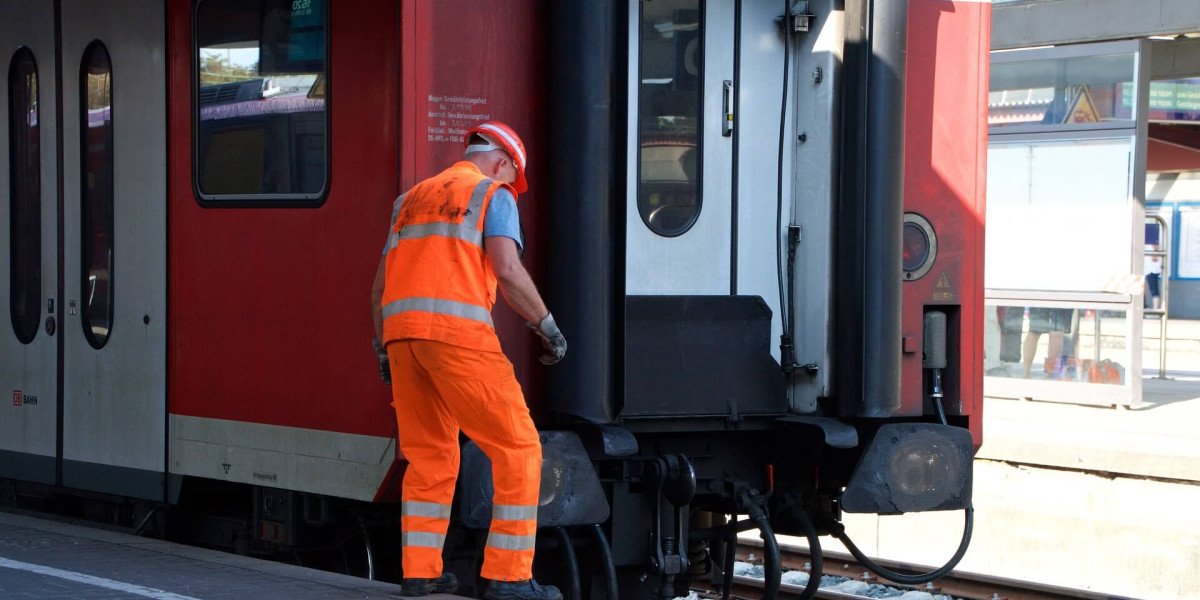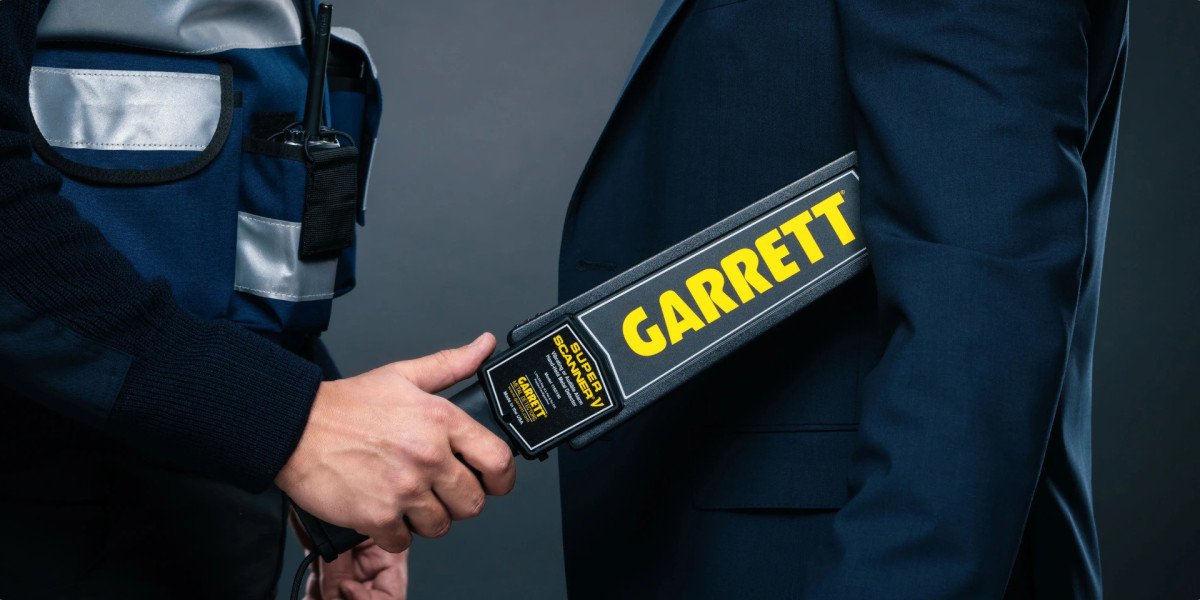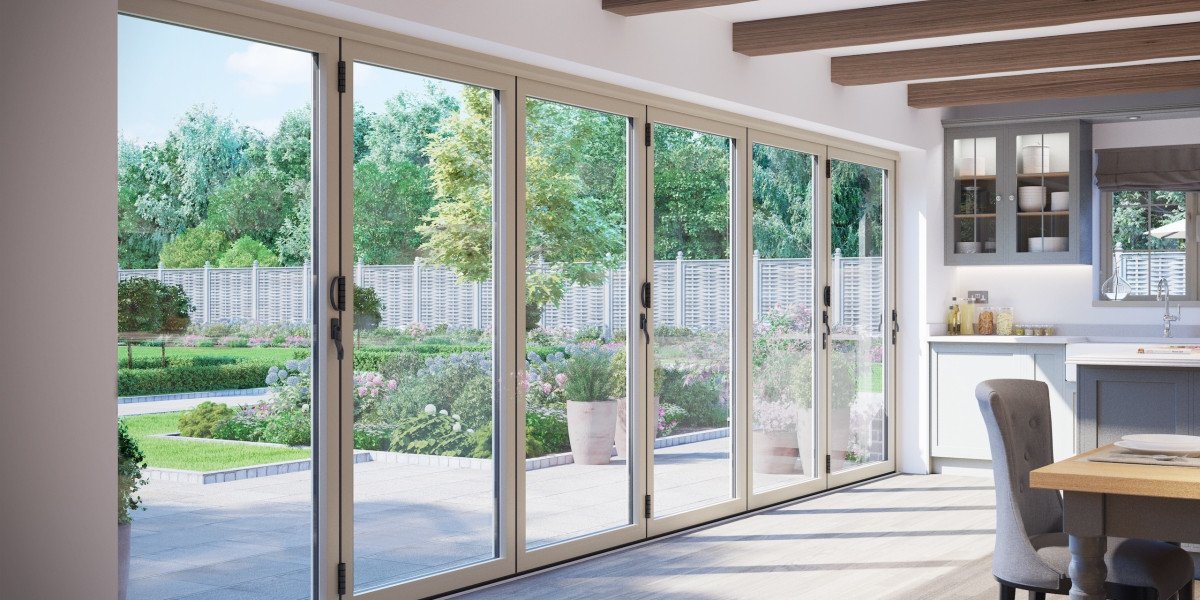Market Intelo releases an in-depth analysis of the global Machine Guarding Market, projecting robust growth fueled by regulatory compliance, automation, and advanced safety integration across discrete and process industries.
Market overview
Global demand for physical guards, fencing, interlocked enclosures, and presence-sensing solutions continues to expand as organizations aim to reduce incident rates and meet compliance mandates in high-risk operations.
In addition, the broader machine safety market’s momentum valued at USD 5.4–6.1 billion in 2024–2025 reflects sustained capital allocation toward safeguarding and risk mitigation frameworks. As a result, machine guarding emerges as a cornerstone for integrating safe automation in both greenfield and retrofit projects.
Key market numbers
Market size 2023: USD 1,335.22 million.
Forecast 2031: USD 2,295.47 million.
CAGR (2024–2031): 6.89%.
Adjacent machine safety market 2024–2034: USD 5.77 billion (2024) to USD 10.74 billion (2034).
Adjacent machine safety 2024–2029: USD 5.4 billion (2024) to USD 7.0 billion (2029).
Growth drivers
Regulatory pressure: Stricter safety standards in manufacturing, automotive, and electronics continue to drive adoption of fixed guards, interlocked barriers, and perimeter fencing to mitigate contact with hazardous motion.
Industrial automation: Accelerating automation and robotics integration elevate the need for sophisticated guarding systems that complement safety PLCs and interlock logic.
Risk reduction mandates: Management systems increasingly embed guarding as a first line of defense to reduce downtime, liability, and medical costs across critical equipment.
APAC industrialization: Rapid industrial expansion in Asia Pacific and the uptake of Industry 4.0 bolster safety investments across discrete and process industries.
Market restraints
Retrofit complexity: Brownfield environments face integration challenges aligning legacy equipment with modern guarding and safety controls, extending deployment cycles.
Cost sensitivity: Mid-market manufacturers often prioritize production assets over safety modernization, delaying comprehensive guarding upgrades without clear ROI evidence.
Fragmented standards: Cross-border operations navigate multiple standards and enforcement regimes, complicating specification and procurement.
Opportunities
Smart guarding: Vendors that link physical guards with sensors, interlocks, and diagnostics create value through predictive maintenance and faster recovery after stops.
Modular systems: Reconfigurable fencing and adjustable guards enable agile manufacturing and reduce engineering time during changeovers.
APAC expansion: With Asia Pacific poised for substantial share gains by 2030, suppliers with local compliance expertise and service infrastructure stand to win.
Vertical customization: Tailoring guarding to robotics cells, CNCs, press lines, packaging, and palletizing systems boosts adoption and customer lifetime value.
Segment insights
By product
Fixed and interlocked guards: Remain foundational for isolating hazardous zones and ensuring stop-state access control on machinery with high kinetic energy.
Perimeter fencing and mesh panels: Offer scalable cell-based protection for robotic applications, conveyors, and high-throughput lines in automotive and general manufacturing.
Presence-sensing and light curtains: Expand under broader machine safety budgets, complementing physical barriers to enhance ergonomics and throughput.
By industry
Automotive and metalworking: Lead adoption due to high-speed, high-force operations requiring multilayer safeguarding for presses, welding cells, and machining centers.
Food and beverage, packaging: Increase spend to balance hygiene, ergonomics, and uptime with rapid changeovers supported by modular guarding.
Electronics and discrete manufacturing: Emphasize compact, configurable guarding around precision assembly and test equipment.
By region
Asia Pacific: Accelerates due to industrial growth, technology adoption, and expanding enforcement of safety norms, with the region aiming for significant market share by 2030.
North America and Europe: Maintain steady replacement cycles and upgrades, aligning with ISO/IEC frameworks and OSHA-aligned best practices.
Emerging markets: See rising demand through greenfield investments and incentives tied to safety compliance in new industrial parks.
Competitive landscape
The competitive environment spans specialized guarding manufacturers and diversified safety solution providers that bundle guarding with sensors, controllers, and services. Furthermore, continuous product launches in switches, safety interlocks, and heavy-duty safety switches signal ongoing innovation across the machine safety stack, reinforcing complementary demand for guarding in integrated deployments. Consequently, vendors that simplify commissioning, offer digital documentation, and provide lifecycle services strengthen differentiation and retention.
Regulatory and standards context
Global frameworks such as ISO standards for machine safety and region-specific regulations shape guarding specifications, validation, and documentation practices across production sites. In addition, corporate governance and EHS policies increasingly require demonstrable risk reduction and traceability, elevating demand for auditable guarding solutions tied to lockout/tagout procedures and safe access protocols. Therefore, compliance readiness remains a critical purchasing criterion in multi-site deployments.
Technology trends
Integration with safety PLCs and IO-Link: Guarding now aligns with connected safety architectures to enhance diagnostics, reduce nuisance trips, and accelerate root-cause analysis.
Ergonomic access solutions: Quick-release and interlocked doors with safe-state verification improve operator experience and reduce downtime during maintenance.
Digital documentation: QR-enabled access to schematics, manuals, and service logs speeds maintenance and supports audits, aligning with broader digital transformation programs.
Hybrid safeguarding: Combining physical barriers with light curtains, scanners, and enabling devices improves flexibility in collaborative and semi-automated cells.
Investment outlook
Given the strong CAGR of 6.89% through 2031 for dedicated machine guarding systems, and parallel growth across the wider machine safety category, capital expenditure on safeguarding will remain resilient across cycles. Moreover, as organizations benchmark incident reductions and MTTR improvements, ROI cases for modular, connected guarding strengthen, particularly in high-velocity and high-mix production.
Sample PDF Report > https://marketintelo.com/request-sample/120154
Strategic recommendations
Prioritize APAC go-to-market: Build local partnerships and compliance support to capture share in fast-growing industrial corridors.
Offer modular product families: Provide configurable panels, doors, and interlocks to shorten design-to-deploy timelines and reduce engineering cost.
Bundle with safety services: Integrate risk assessment, validation, and training to increase pull-through and ensure standards alignment across sites.
Enhance connectivity and diagnostics: Leverage smart interlocks and condition monitoring to minimize downtime and improve audit readiness.
Target high-risk applications: Focus on presses, robotics cells, and high-speed packaging where incident severity and downtime costs justify premium solutions.
Methodology note
This press release synthesizes current machine guarding system valuations with broader machine safety market trajectories to provide a cohesive view of investment priorities, regulatory momentum, and technology integration patterns across regions and industries.








